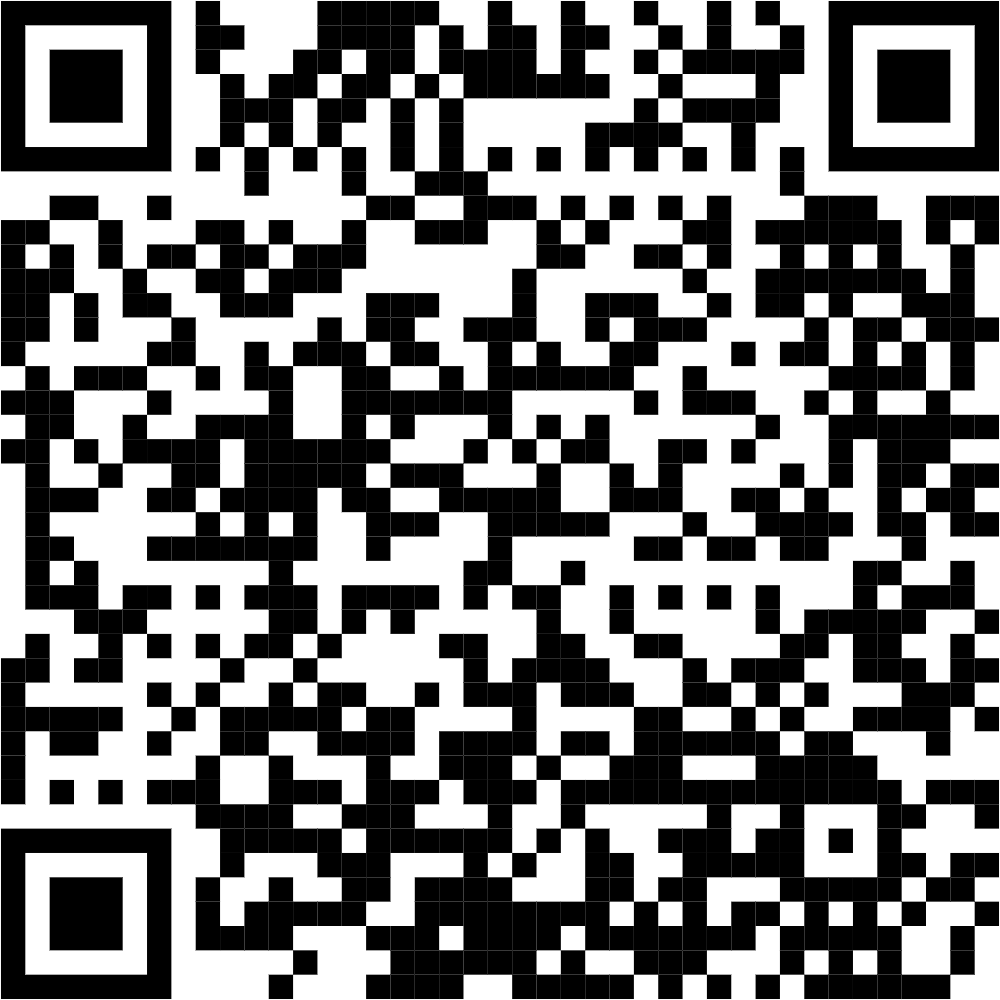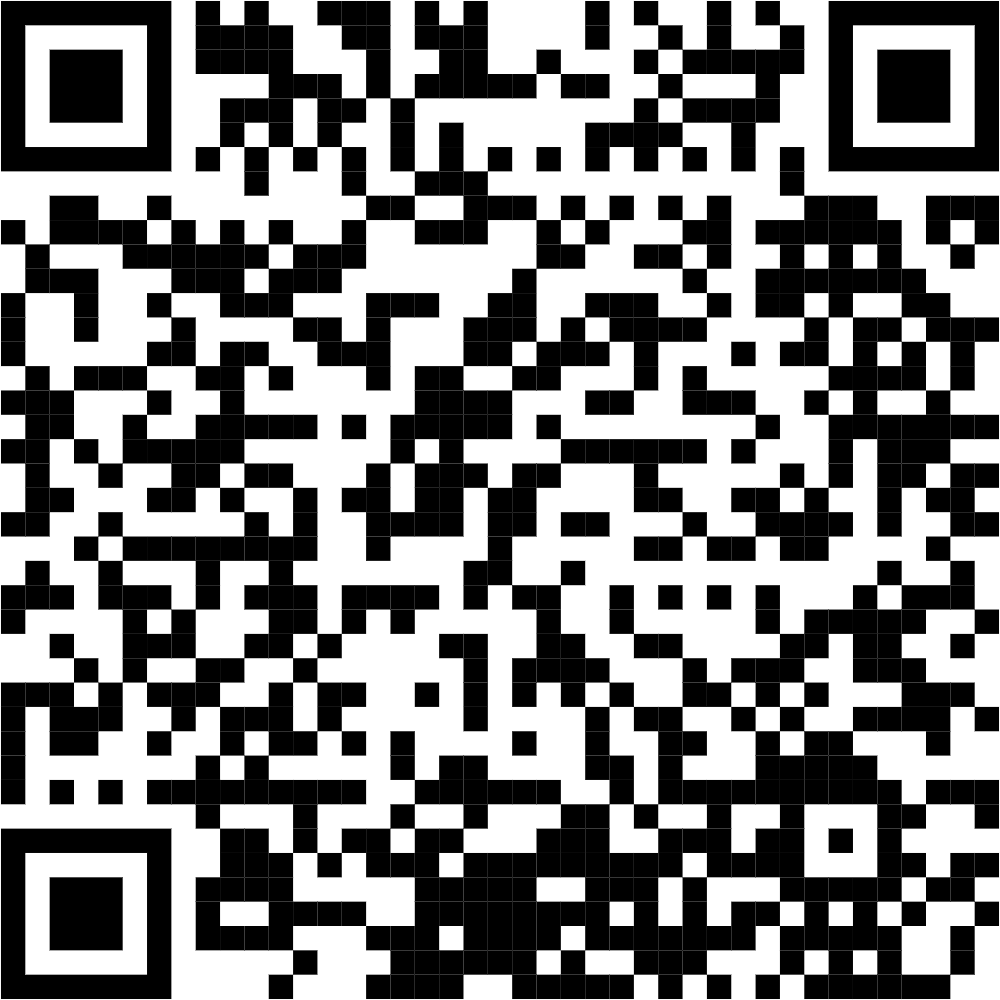BOOK ANALYSIS WITH THEMA GEOPOLITICS “MEDIA, TERRORISM AND THEORYâ€, A CRITICAL THEORY RESEARCH APPROACH USING SEMIOTIC ANALYSIS
DOI:
https://doi.org/10.46961/jip.v8i2.158Abstract
This article seeks to create a discussion space related to the Media Book, Terrorism and Theory. This book seeks to provide an understanding of the contextualization of the global cycle of violence within the framework of "military action" and "terrorism," as well as mass communication media. The author tries to view this book as a literary work by using semiotic analysis to get the meanings in this book, especially in the sections Critical Media Theory, Democratic Communication, and Global Conflict and Chapter 8 with the title Terrorism, Public Relations and Propaganda. This research finally succeeded in achieving an evaluation that some myths were generated from the meaning of denotation and connotation of Roland Barthes' semiotic technique. These myths when tested through the source triangulation technique show inconsistencies. Some of the myths are discussed by academics and the media, but some do not appear in the media.
References
Books
Anandaam Kavoori & Todd Fraley. (2006). Media, Terrorism and Theory, a reader. Rowman & Littlefield Publishers.
Gearóid Ó Tuathail. (1996). Critical GeopoliticsThe Politics of Writing Global Space. Routledge London
Pickering S. (2017) Popular Geopolitics. In: Understanding Geography and War. Palgrave Macmillan, New York.
W. Lawrence Neuman. (2013). Metode Penelitian Sosial: Pendekatan Kualitatif dan Kuantitatif. Pearson Education.
Book Chapter
Nancy Snow. (2013) Terrorism, Public Relations, and Propaganda. In A. Kavoori & T. Fraley. (Eds). Media, Terrorism and Theory, a reader. Rowman & Littlefield Publishers
Douglas Kellner & Jeff Share. (2007). Critical Media Literacy, Democracy, and the Reconstruction of Education. In D. Macedo & S.R. Steinberg (Eds.), Media literacy: A reader (pp. 3-23). New York
Todd Fraley & Ellie Lester Roushanzamir. (2013). Critical Media Theory, Democratic
Communication, and Global Conflict. In A. Kavoori & T. Fraley. (Eds). Media, Terrorism and Theory, a reader. Rowman & Littlefield Publishers
Journals
Airdan White. (2005). Truth, Honesty & Spin. Journal Democratization. Vol. 12 2005 P. 651-667.
Anderson Daniel Sudarto, Jhony Senduk & Max Rembang. (2015). Analisis Semiotika film „alangkah lucunya negeri ini“. Journal Acta Diourna Vol IV. No.1 Tahun 2015.
Andreas Hepp, Stig Hjarvard & Knut Lundby. (2015). Mediatization: theorizing the interplay between media, culture and society. Media, Culture & Society 2015, Vol. 37(2) 314-324
Bachtiar, S Bachri. (2010). Meyakinkan validitas data melalui triangulasi pada penelitian kualitatif. Jurnal Teknologi Pendidikan 2010.
Bambang Mudjiyanto & Emilsyah Nur. (2013). Semiotika dalam metode penelitian komunikasi. Jurnal Penelitian Komunikasi, Informatika dan Media Massa – PEKOMMAS Vol 16 No.1 April 2013.
Cristina Lucia Sutiu. (2012). Propaganda: How good word went wrong. Agathos: An International Review of the Humanities & Social Sciences . 2012, Vol. 3 Issue 2, p122-130
Didi Sukyadi. (2013). Dampak Pemikiran Saussure pada perkembangan Linguistik dan Ilmu lainnya. Parole Vol. 3 No. 2 Oktober 2013.
Elisabeth Noelle-Neumann. (1974). The Spiral of Silence a Theory of Public Opinion, Journal of Communication, Volume 24, Issue 2, June 1974, Pages 43–51.
Justin Lewis & Sut Jhally. (1998). The Struggle Over Media Literacy, Journal of Communication, Volume 48, Issue 1, March 1998, Pages 109–120.
Roderick J. Watts & Carlos P. Hipolito-Delgado. (2015). Thinking ourselves to liberation?: Advancing Sociopolitical Action in Critical Consciousness. Urban Rev (2015). 47: 847-867.
William K. Carrol & Robert A. Hackett. (2006). Democratic Media Activism through the lens of social movement theory. Media, Culture & Society. Vol. 28(1): 83–104
Blogs
Frida Ghitis. (2020). Why China’s Corona Virus propaganda campaign has come up short. World Politics Review. https://www.worldpoliticsreview.com/articles/29136/why-china-s-coronavirus-propaganda-campaign-has-come-up-short
Samson Haileyesus. (2020). 101 Public Relations Strategies, tips and Examples. Small Business Trends. https://smallbiztrends.com/2020/03/public-relations-strategies-tips-examples.html
Sonia Livingstone. (2018). Media Literacy: What are the challenges and how can we move towards a solution. London School of Economics and Political Science. https://blogs.lse.ac.uk/medialse/2018/10/25/media-literacy-what-are-the-challenges-and-how-can-we-move-towards-a-solution/
Jenny Wang. (2020). Why Former VP Biden’s Media Strategy is working. PRNEWS. https://www.prnewsonline.com/media-strategy-Biden-Trump
Justin Rosenstein. (2020). Social Media’s Business Model is a threat to democracy – its time to change it. El Pais. https://english.elpais.com/opinion/2020-10-30/social-medias-business-model-is-a-threat-to-democracy-its-time-to-change-it.html
Sumber internet lainnya
East Carolina University. (2020). Dr Todd Fraley. https://honors.ecu.edu/about/faculty-staff/dr-todd-fraley/
Academia. (2020) Elli Lester Roushanzamir Curriculum Vitae https://uga.academia.edu/ElliLesterRoushanzamir/CurriculumVitae
Nancy Snow. (2020). Nancy Snow Bio. https://nancysnow.com/bio
Downloads
Published
How to Cite
Issue
Section
Citation Check
License
The Authors submitting a manuscript do so on the understanding that if accepted for publication, copyright of the article shall be assigned to Jurnal Ilmiah Publiprenuer and Politeknik Negeri Media Kreatif, Indonesia as the publisher of the journal.
Copyright encompasses exclusive rights to reproduce and deliver the article in all form and media, including reprints, photographs, microfilms, and any other similar reproductions, as well as translations. The reproduction of any part of this journal, its storage in databases and its transmission by any form or media, such as electronic, electrostatic and mechanical copies, photocopies, recordings, magnetic media, etc. will be allowed only with written permission from the Jurnal Ilmiah Publiprenuer and Politeknik Negeri Media Kreatif, Indonesia.
Jurnal Ilmiah Publiprenuer and Politeknik Negeri Media Kreatif, Indonesia. The Editorial Team makes every effort to ensure that no wrong or misleading data, opinions, or statements be published in the journal. In any way, the contents of the articles and advertisements published in the Jurnal Ilmiah Publiprenuer and Politeknik Negeri Media Kreatif are the sole and exclusive responsibility of their respective authors and advertisers.
Statement of Authenticity and Manuscript Copyright can be downloaded: here
After filling in the statement letter, please attach it as the supplementary file submission or send via e-mail: [email protected]











